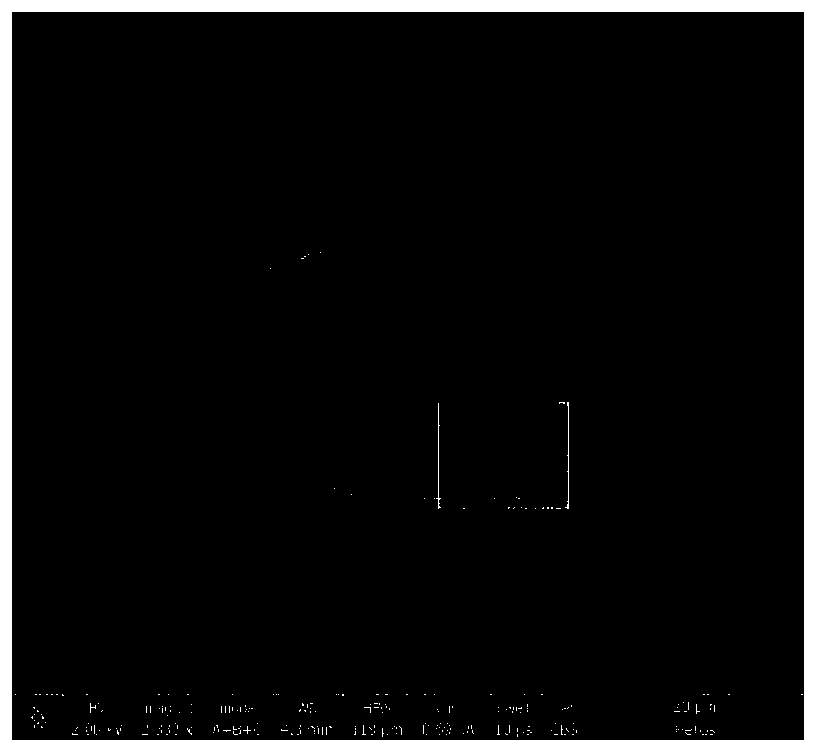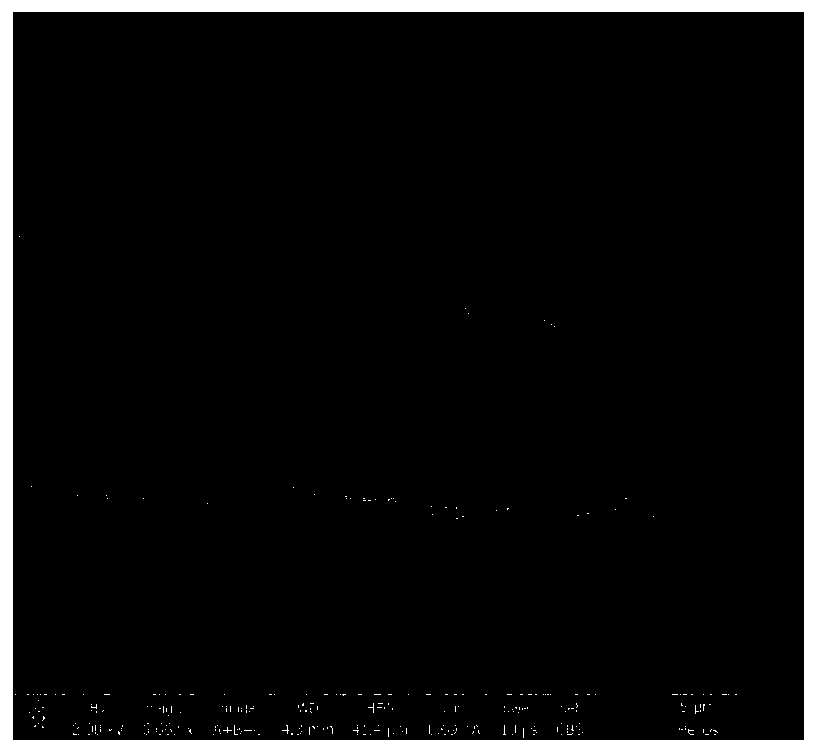Plant tissue integral staining method for ultrathin slice
A plant tissue and overall dyeing technology, which is applied in the preparation of test samples, sampling, measuring devices, etc., can solve the problems of plant tissue dyeing, solve the problem of lead pollution, and enhance the effect of electronic contrast
- Summary
- Abstract
- Description
- Claims
- Application Information
AI Technical Summary
Problems solved by technology
Method used
Image
Examples
Embodiment Construction
[0022] sample collection
[0023] Collect mature Psychia chinensis pollen and store it at -20°C for later use.
[0024] Sample Preparation
[0025] 1. Pre-fixation: Place the collected mature L. chinensis pollen in a fixative solution composed of 2% glutaraldehyde and 2.4% paraformaldehyde for fixation, and vacuum for 1-2h. Note that the fixative should be stored in a refrigerator at 4°C and placed on ice when in use.
[0026] 2. Rinsing: Rinse the pre-fixed plant samples with 0.1M phosphate buffer solution, wash 3 times, 10-15min each time; store the phosphate buffer solution in a refrigerator at 4°C, and put it on ice when in use.
[0027] 3. Post-fixation: Post-fix the rinsed plant samples with 1% osmic acid, and place them at 4° C. for 2 hours.
[0028] 4. Rinsing: Wash the post-fixed plant samples with pure water for 3 times, each time for 10-15 minutes.
[0029] 5. Prepare 1% TCH: Weigh 0.05g TCH and dissolve it in 5mL pure water, wrap a layer of tin foil to avoid li...
PUM
 Login to View More
Login to View More Abstract
Description
Claims
Application Information
 Login to View More
Login to View More - R&D
- Intellectual Property
- Life Sciences
- Materials
- Tech Scout
- Unparalleled Data Quality
- Higher Quality Content
- 60% Fewer Hallucinations
Browse by: Latest US Patents, China's latest patents, Technical Efficacy Thesaurus, Application Domain, Technology Topic, Popular Technical Reports.
© 2025 PatSnap. All rights reserved.Legal|Privacy policy|Modern Slavery Act Transparency Statement|Sitemap|About US| Contact US: help@patsnap.com



